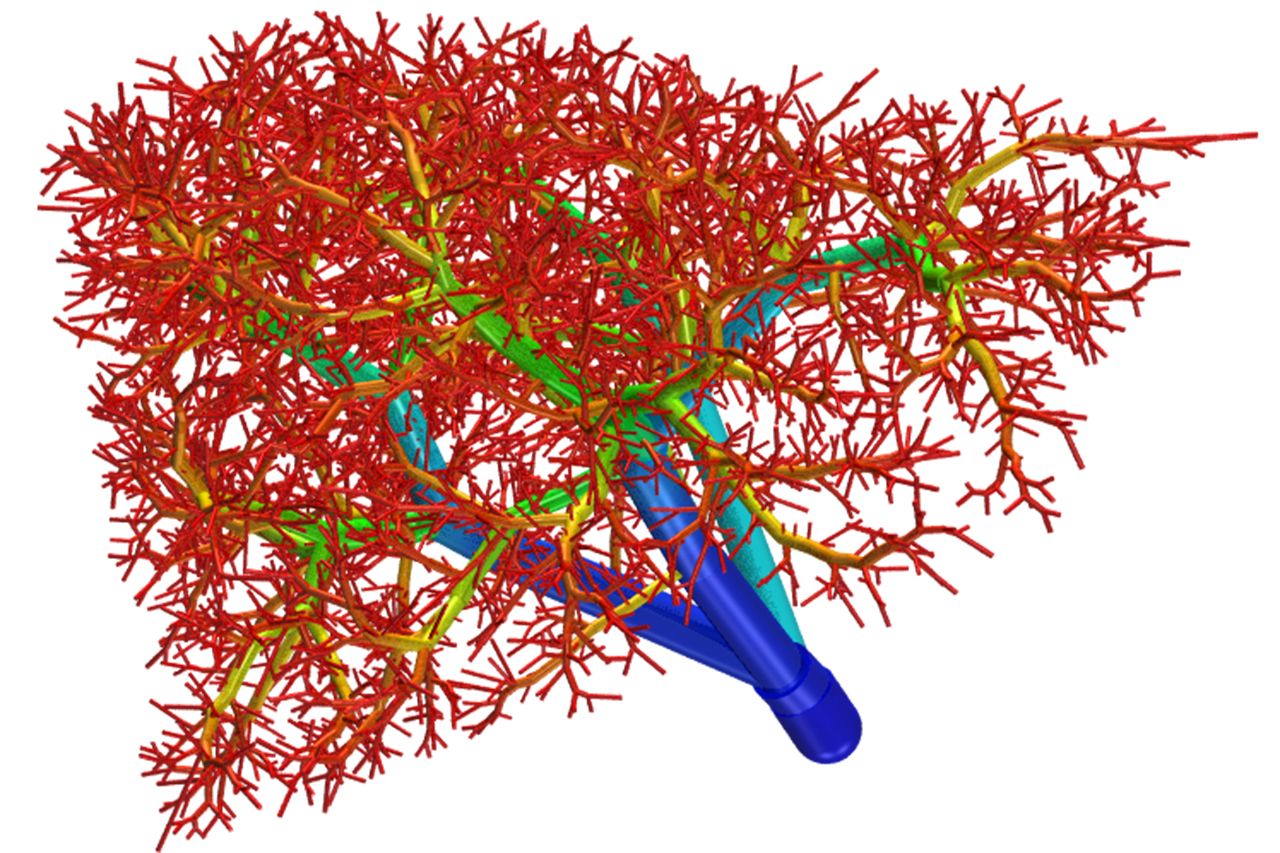3D printing human organs has been done with a human liver that survived for 40 days. The problem was an inability to print veins and arteries that keep it alive. This has now been done making way for a future of 3D printed organs.
Currently anyone who receives an organ transplant will likely have to take medication for the rest of their lives so their bodies don't reject it. That's presuming there's a donor available in the first place. This breakthrough could mean using a person's DNA to print organs so their body doesn't know the difference.
Bioprinting is what it's being called by The University of Sydney, Harvard, Standard and MIT that all made the discovery possible.
The team bioprinted a network of tiny fibres which were coated with human endothelial cells allowing scientists to remove the original print leaving capillaries in their place.
"While recreating little parts of tissues in the lab is something that we have already been able to do, the possibility of printing three-dimensional tissues with functional blood capillaries in the blink of an eye is a game changer," said study lead author and University of Sydney researcher, Dr Luiz Bertassoni. "Of course, simplified regenerative materials have long been available, but true regeneration of complex and functional organs is what doctors really want and patients really need, and this is the objective of our work."
READ: First working 3D printed human liver could arrive in 2014

